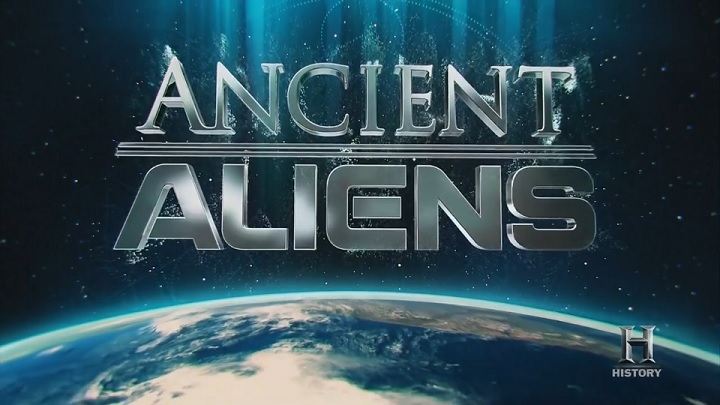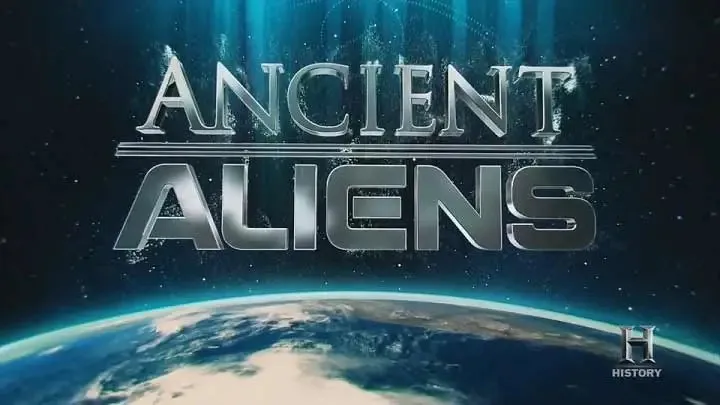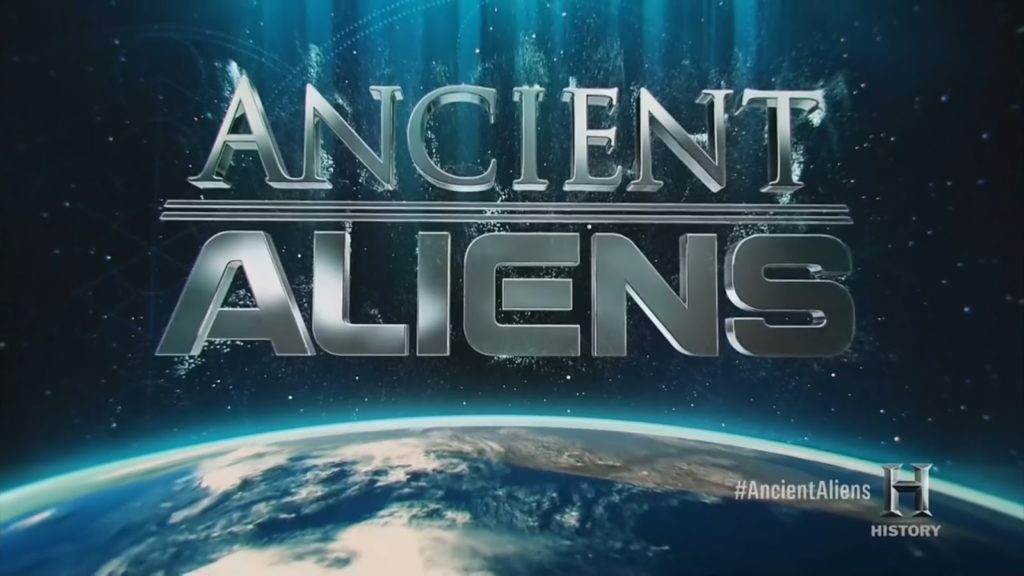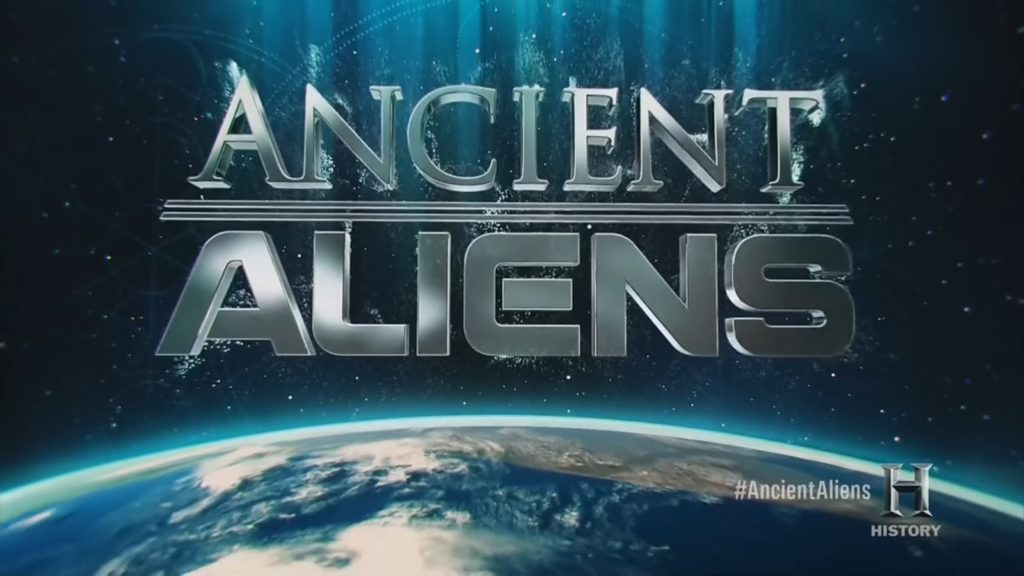Ancient Aliens – The Star Gods of Sirius episode 4 2019: Did aliens from the tiny star Sirius B visit humans in the distant past, imparting the knowledge of civilization to peoples thousands of miles apart? And did they leave behind a vital clue in the form of a word that’s embedded in languages all over the globe?
This is an American television series that premiered on April 20, 2010, on the History channel. Produced by Prometheus Entertainment in a documentary style, the program presents hypotheses of ancient astronauts and proposes that historical texts, archaeology, and legends contain evidence of past human-extraterrestrial contact. The show has been widely criticized by historians, cosmologists, archaeologists and other scientific circles for presenting and promoting pseudoscience, pseudohistory and pseudoarcheology.
The Star Gods of Sirius
Sirius is the brightest star in the night sky. Its name is derived from the Greek word Σείριος Seirios “glowing” or “scorching.” With a visual apparent magnitude of −1.46, Sirius is almost twice as bright as Canopus, the next brightest star. Sirius is a binary star consisting of a main-sequence star of spectral type A0 or A1, termed Sirius A, and a faint white dwarf companion of spectral type DA2, termed Sirius B. The distance between the two varies between 8.2 and 31.5 astronomical units as they orbit every 50 years.
Sirius appears bright because of its intrinsic luminosity and its proximity to the Solar System. At a distance of 2.6 parsecs (8.6 ly), as determined by the Hipparcos astrometry satellite, the Sirius system is one of Earth’s nearest neighbours. Sirius is gradually moving closer to the Solar System, so it will slightly increase in brightness over the next 60,000 years. After that time, its distance will begin to increase, and it will become fainter, but it will continue to be the brightest star in the Earth’s night sky for the next 210,000 years.
Sirius A is about twice as massive as the Sun (M☉) and has an absolute visual magnitude of +1.42. It is 25 times more luminous than the Sun[12] but has a significantly lower luminosity than other bright stars such as Canopus or Rigel. The system is between 200 and 300 million years old. It was originally composed of two bright bluish stars. The more massive of these, Sirius B, consumed its resources and became a red giant before shedding its outer layers and collapsing into its current state as a white dwarf around 120 million years ago.




